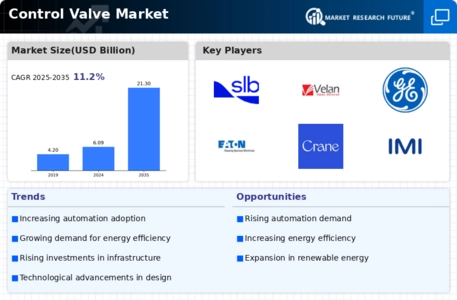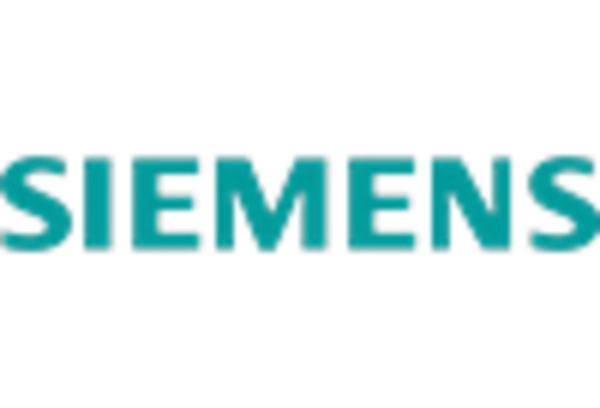Market Trends
Key Emerging Trends in the Control Valve Market
Over the last few years, a number of considerable trends and developments have been observed in the control valve market demonstrating its evolutionary nature. A major trend is the increased utilization of smart and digital control valves. In an era where industries thrive towards enhanced efficiency and automation, smart valves that feature sophisticated sensors and digital communication options have become integral. These valves allow real time monitoring, data collection and remote control which enhances process optimization overall system performance. A key trend in the control valve market is an increased focus on energy efficiency and sustainability. As the importance of environmental issues and energy conservation becomes more apparent, industries are looking for control valves that can support higher-energy efficiency in multiple processes. In order to minimize energy wastage and overall operating costs, valves designed with features such as variable speed drives and sophisticated control algorithms contribute. The market has also seen an increase in the demand for control valves from developing nations. As the areas grow in speedy industrialization and infrastructure construction, requirements for functional control systems have swelled. In response to this need, the control valve market is providing a wide array of the variety of valves targeted at various industries thus satisfying needs of emerging markets. Also, the material technology has had a great effect on control valve market. Advanced materials including alloys and composites have also contributed to improving the strength of control valves. This is especially important for sectors characterized by severe operation where this material can resist corrosion, erosion, and high temperatures providing longer equipment life span and reducing maintenance costs. Markets of control valve have also been impacted by the introduction and emergence of Industrial Internet technologies (IIoT) and Industry 4.0 Combination of control valves with smart platforms and data analytics helps the industries to gain information regarding their processes, predict maintenance requirement, and improve overall efficiency. This helps in taking a more proactive approach to maintenance that lowers down time and improves industrial process reliability. In addition, there is a clear trend toward modular and scalable control valve solutions. Industries demand for flexible and scalable systems that can respond to the operational needs. Modular control valve designs are not only adaptable but also reduce maintenance and upgrade complexities that give industries a chance to remain competitive in an increasingly fast-paced business world.









Leave a Comment